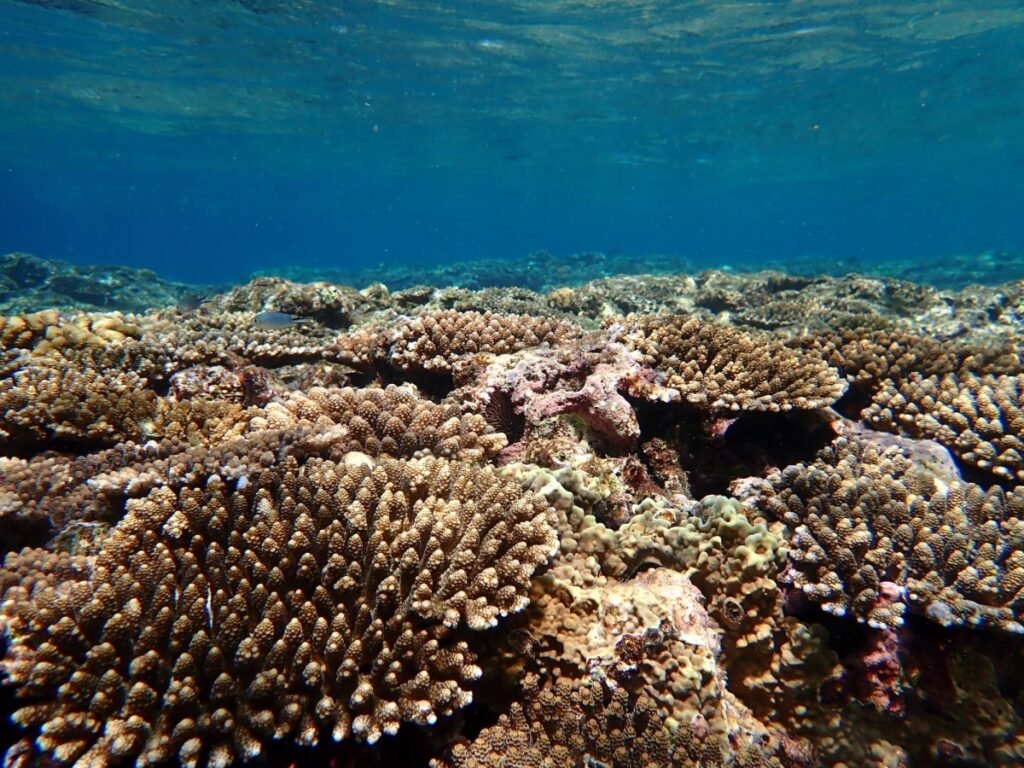The Sunscreen Dilemma: How Safety and Environment Collide
If you’re planning a trip to a tropical destination this summer, especially Hawaii, you might encounter a new wave of sunscreen options that promote themselves as "reef-safe" or "ocean-friendly." This shift is a response to increasing bans on certain sunscreen ingredients that are believed to threaten marine ecosystems.
The Controversy Surrounding Sunscreens
Understanding the Debate
On one side of the aisle, marine conservationists and tourism authorities advocate for stringent regulations aimed at saving coral reefs from chemicals linked to coral bleaching, like oxybenzone and octinoxate. They point to research establishing a connection between these ingredients and the deterioration of coral ecosystems.
Conversely, cosmetics companies and some scientists argue that the beneficial effects of sunscreen—especially in preventing skin cancer—must be weighed against potential environmental risks. They contend that the broader problems of climate change and warming oceans pose a more significant threat to coral than the occasional application of sunscreen.
The Global Regulatory Landscape
Countries like Palau have taken pioneering steps, enacting the world’s first sunscreen regulations back in 2020, which bans ten common harmful ingredients. Hawaii soon followed suit in 2021, prohibiting the sale of sunscreen containing oxybenzone and octinoxate. Other regions, including the U.S. Virgin Islands and numerous marine parks in Mexico and Thailand, have introduced similar bans.
In contrast, Japan has no specific regulations, allowing manufacturers to include these controversial chemicals within certain limits.
Rise in Sunscreen Demand
As global awareness of skin care increases, so does the demand for sunscreen. By 2024, the sun care market is expected to reach a staggering $14.9 billion, with projections indicating it could soar to $22.3 billion by 2032. This rapid growth reflects an increasing commitment to personal health, although questions about environmental sustainability loom large.
Understanding Sunscreen Composition
Most sunscreens combine UV filters that either absorb or scatter harmful rays along with stabilizers, fragrances, and preservatives. However, ongoing research has highlighted the potential risks posed by many of these chemicals to aquatic environments.
Industry Responses and Innovations
While the cosmetics industry has expressed concerns over these bans, citing a lack of robust scientific evidence linking sunscreen ingredients directly to coral destruction, some companies are innovating. For instance:
-
Kao Corporation has launched non-chemical sunscreen products and emphasizes its compliance with local regulations.
- Shiseido ensures that its sunscreen offerings in Hawaii adhere strictly to the ban on harmful ingredients.
Despite these advancements, skepticism persists regarding the efficacy and environmental safety of these alternatives.
Research Insights on Coral Toxicity
A recent study published by Kao and the University of Tokyo examined the effects of oxybenzone on Acropora tenuis corals, revealing that concentrated exposure led to rapid coral death. These findings highlight the intricate interplay between chemical exposure, coral health, and climate variables.
Key Takeaways:
- Coral ecosystems are highly sensitive to even minute changes in their environment.
- While chemicals like oxybenzone can have harmful effects, other factors like climate change may pose a more pressing risk.
According to Yutaka Tashiro, a coral researcher, the challenge lies in determining the intricate causes of coral bleaching, as conditions become increasingly hostile due to rising ocean temperatures.
Consumer Awareness and Actions
To mitigate potential risks to both human and marine health, consider the following two approaches:
-
Switch to Mineral Sunscreens: These often contain zinc oxide or titanium dioxide and are generally viewed as less harmful to marine life.
- Adopt Sun Protection Methods: Using protective clothing and seeking shade can be viable alternatives to chemical sunscreens.
Conclusion: Finding a Balanced Approach
The ongoing discourse surrounding sunscreen regulations highlights a pressing need for both consumer education and scientific research.
While protecting your skin from UV rays is crucial, the potential ecological impact of various sunscreen ingredients cannot be overlooked. Keeping abreast of safe practices and supporting effective sunscreens can contribute to a healthier planet.
For further information on marine conservation and safe sunscreen practices, explore resources from organizations such as the Marine Conservation Society and Environmental Working Group.
By staying informed and making conscious choices, we can help safeguard both our skin and the delicate ecosystems we cherish.


